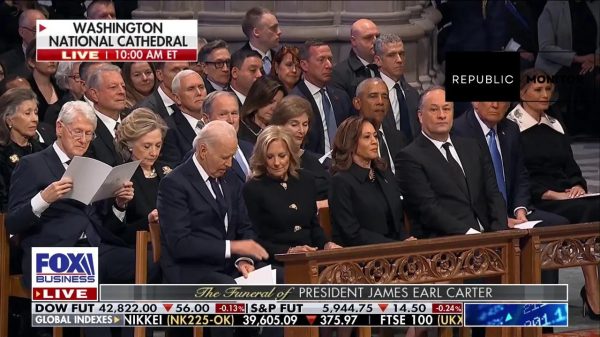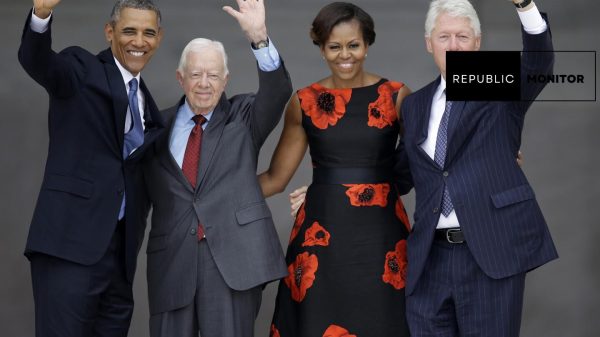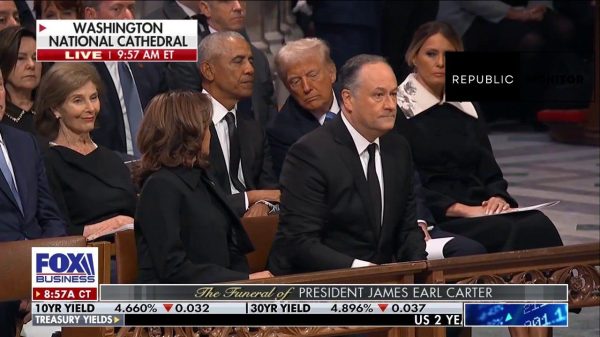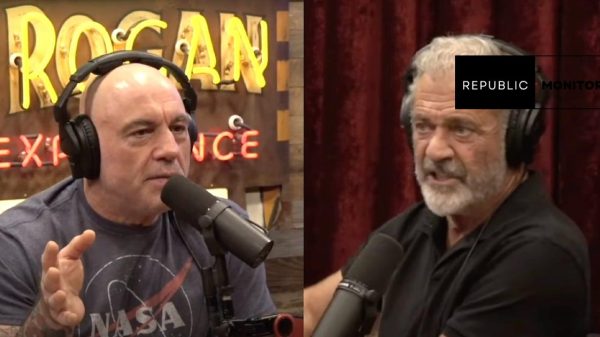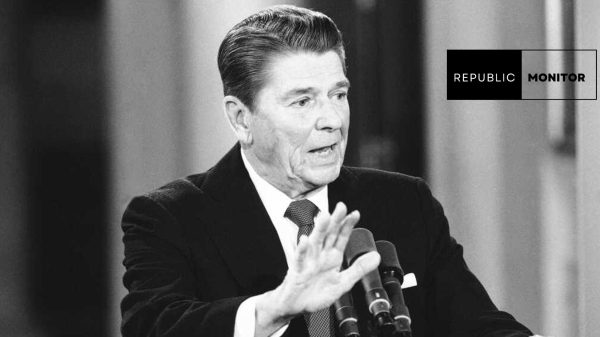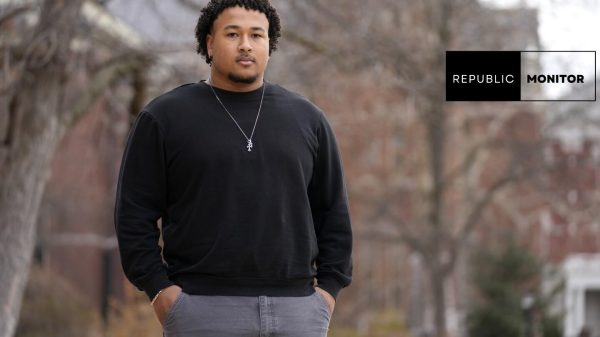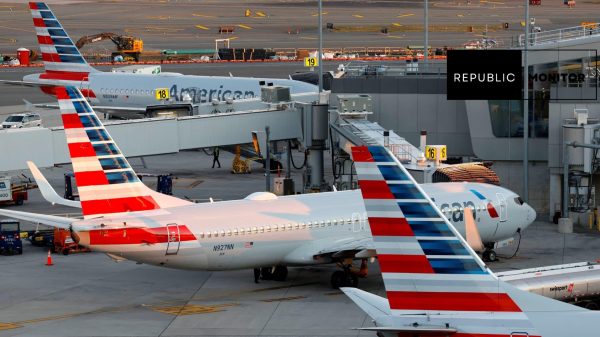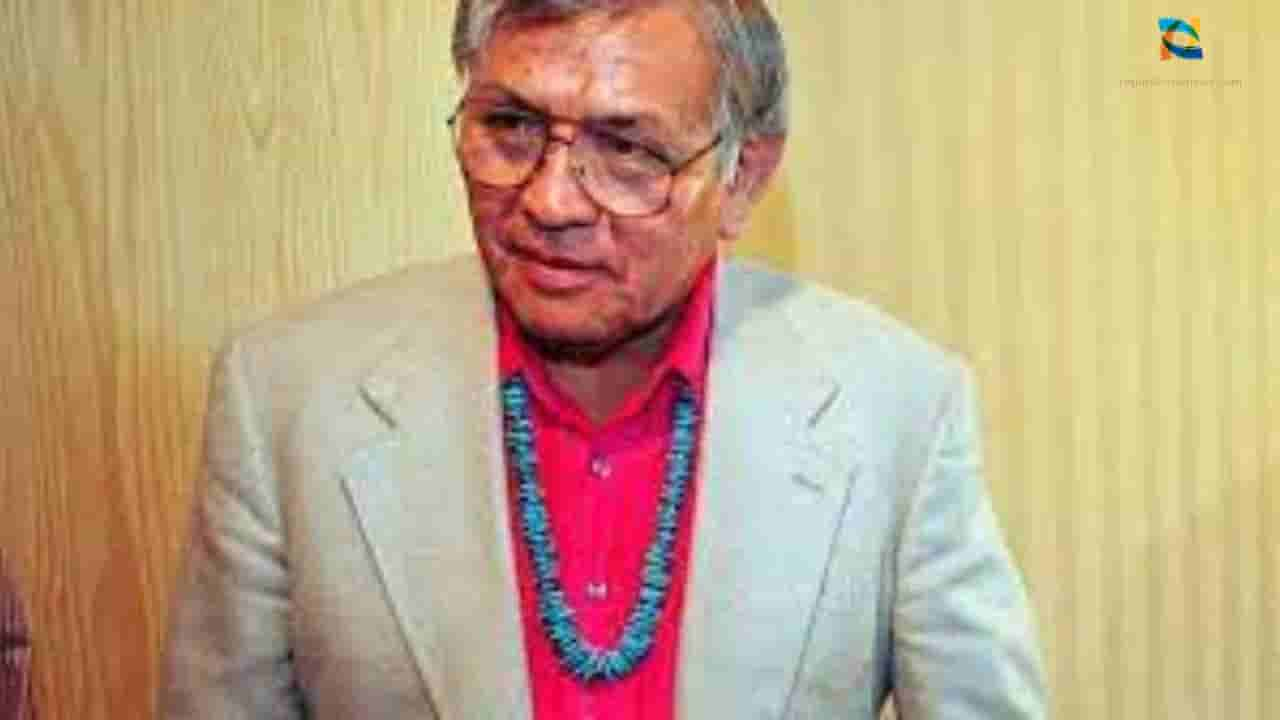Zah Peterson, Who Exactly was He? What Occurred to Him?
Former Navajo Nation President Peterson Zah’s education degree from Arizona State University in 1963 opened several avenues for him both on and off the reservation. His life ambition was to make a difference in the lives of the Navajo people.
Zah died late Tuesday at a Fort Defiance hospital after a protracted illness, according to Navajo President Buu Nygren’s office. He was 85. Zah was chosen twice by the Navajo people. He was selected as the first Navajo Nation president in 1992 after serving as the tribe chairman for four years. Zah went on to serve as an advisor to ASU’s president. He departed the position after 15 years.
He aimed to encourage Arizona’s children, particularly Navajos, to attend college. “I like recruiting,” Zah told The Arizona Republic in 2013. I love participating in high-school graduations, and sitting in the stands when the graduation is on the football pitch is perfect for me. And I like going into schools and discussing the significance of a solid education with youngsters.”
Meeting a Legal Service Demand:
Zah was born on the Navajo Reservation near Low Mountain in 1937. He attended Phoenix Indian School and Phoenix College for a year before enrolling at ASU. He is the son of Navajo shepherds. At the time, few tribe members set foot on college campuses, much alone graduated with degrees.
When Zah returned to Window Rock in the late 1960s, he found many problems, including a shortage of legal counsel. Later, Zah would become the director of DNA Legal Services, a non-profit that provided legal assistance to Navajos. In the 1970s, DNA led an investigation into merchants on the reserve.
Zah was elected to the governing board of the Window Rock School District in 1972 and subsequently served as board president. Navajos were thrilled by Zah’s achievements and supported him in his election as Navajo chairman in 1982, unseating Chairman Peter MacDonald, Sr., who had served three consecutive terms.
Sedans to Replace Limos:
Zah concentrated on government accountability and worked on two high-profile problems he inherited. He worked on two Navajo-Hopi property disputes and devised a strategy for handling a $70 million court settlement.
Zah could not prevent Congress from transferring Navajo residents from Hopi-awarded property in one of the two land issues. In the 1970s, Congress resolved the controversy by dividing the property. Nevertheless, Zah’s administration established a permanent trust fund in 1985 due to a dispute involving the Kerr-McGee Corp. engaged in oil and gas exploration and production. The trust’s value has surpassed $1 billion.
Unlike his political foe MacDonald, Zah’s leadership was straightforward. In his book, “Dine, a History of the Navajos,” former ASU professor Peter Iverson writes, “He had sedans acquired to replace the limos that had been a feature of the MacDonald administration.” “From $55,000 to $45,000, Zah cut the chairman’s remuneration by $10,000.”
Iverson stated that Zah avoided three-piece suits, which MacDonald preferred, and instead wore casual attire. Zah lost the chairmanship election in 1986. He helped to raise funds for the Navajo Education and Scholarship Fund and eventually oversaw a regional office for Save the Children.
According to ASU authorities, he was successful in increasing enrollment of American Indian students from 672 in 1996 to 1,453 in the autumn of 2005. In 2012, Zah was named one of Arizona’s top ten critical persons.
A Big-Thinking Dreamer:
On and off the reservation, he remained a well-known and respected leader of the Navajo Nation. Zah and Rosalind were residents of both Phoenix and Window Rock.
“He knew that it is for the greater benefit. And since our common good is defined by each age, he backed many younger leaders “Carl Roessel Slater, Council Delegate, said on Wednesday. “I consider myself really fortunate not just to know him as this tremendous leader, but also to communicate with him on a leader-to-leader level.”
Many remember Zah for inspiring, encouraging, and supporting the next generation of Navajo leaders. Zah supported Slater, whose ancestors were influential Navajo Nation professors who helped establish what is now Diné College. Zah was a Ruth Roessel student at Low Mountain before attending Phoenix Indian School. Slater recalls approaching Zah for guidance when he chose to run for Navajo Nation Council.
“What I saw in Mr. Zah was a visionary with huge ideals about what our people, our culture, and our country should be,” Slater added. “We have a destiny. I don’t believe anybody has proved that they have an intellect like his that can appreciate the significance of the conversation at the chapter house and how it will echo to D.C. and vice versa.” The newly elected Navajo President, Buu Nygren, won Zah’s backing during the election. “Peterson Zah was a legendary character who really cared about our children, our children’s future, and the future of the Navajo Nation,” Nygren added. “I just want to thank the Zah family, his children, grandchildren, wife, and all his relatives up on Low Mountain for sharing with the Navajo Nation such an inspiring leader who will continue to guide us in the correct manner as we go ahead.”
Read Also:- Who was Mariska Hargitay first husband? Does Mariska Hargitay have a biological child?

